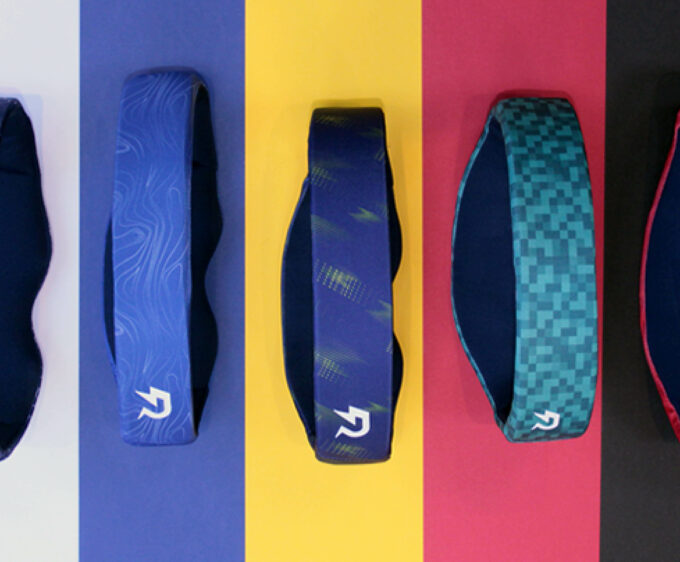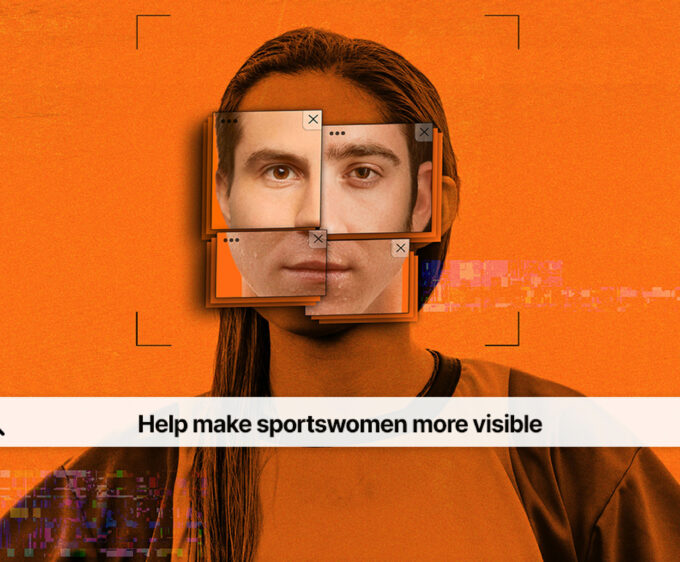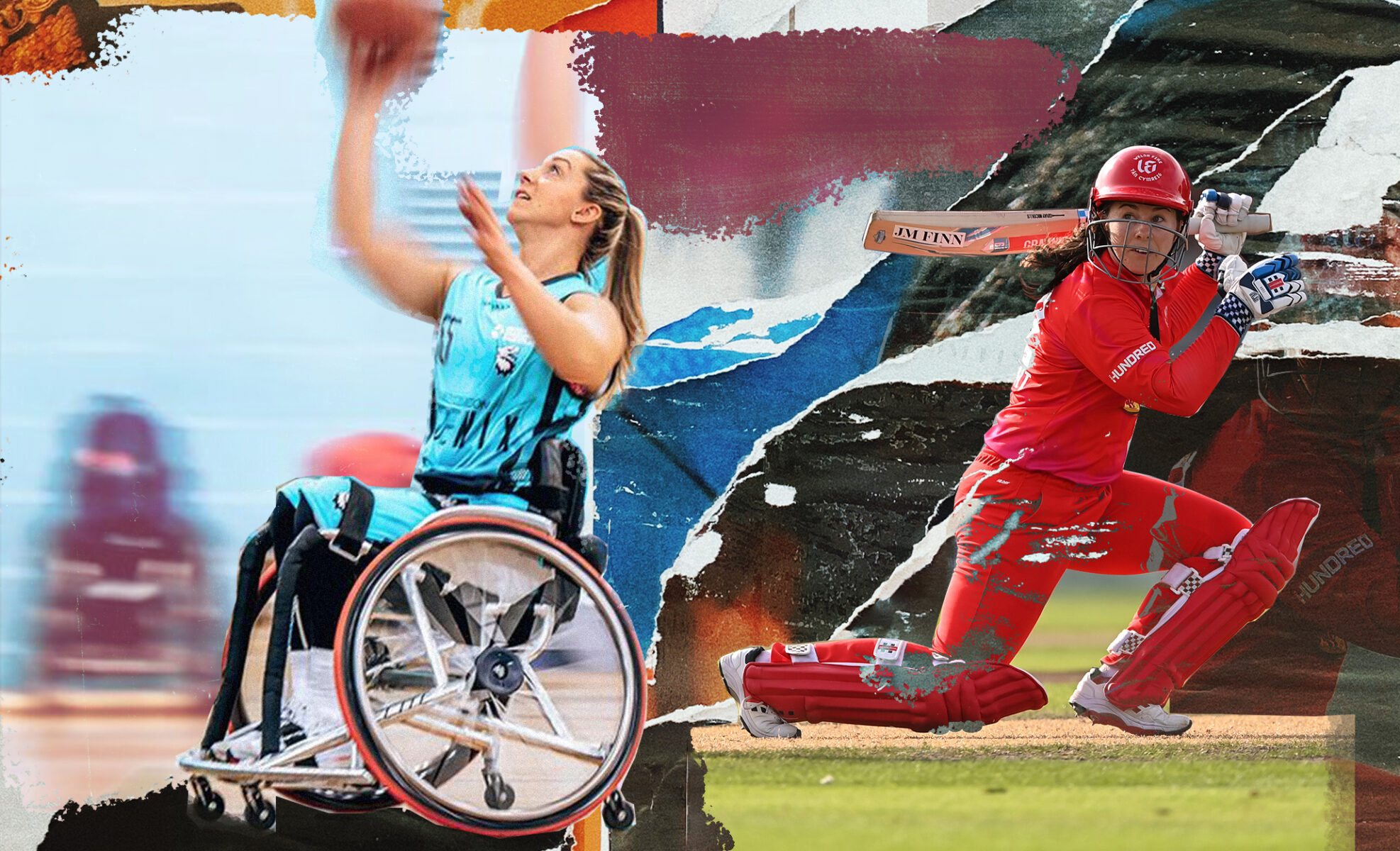
Tech: The Players
Has technology changed the way we play? From bespoke chairs in wheelchair basketball to advanced data analysis in cricket, technology has transformed the way athletes prepare and compete. We meet Sophie Carrigill and Tammy Beaumont MBE to discuss technological advancements
By Glorious
From increasing inclusivity and competition to providing fans with new insights into players’ performances, the impact of technology on women’s sports is significant. We caught up England cricketer Tammy Beaumont MBE and GB paralympic basketball player Sophie Carrigill, two athletes at the top of their game. Here they share their experiences with the role of technology in their respective sports, shedding light on how it has changed the game for them and others.
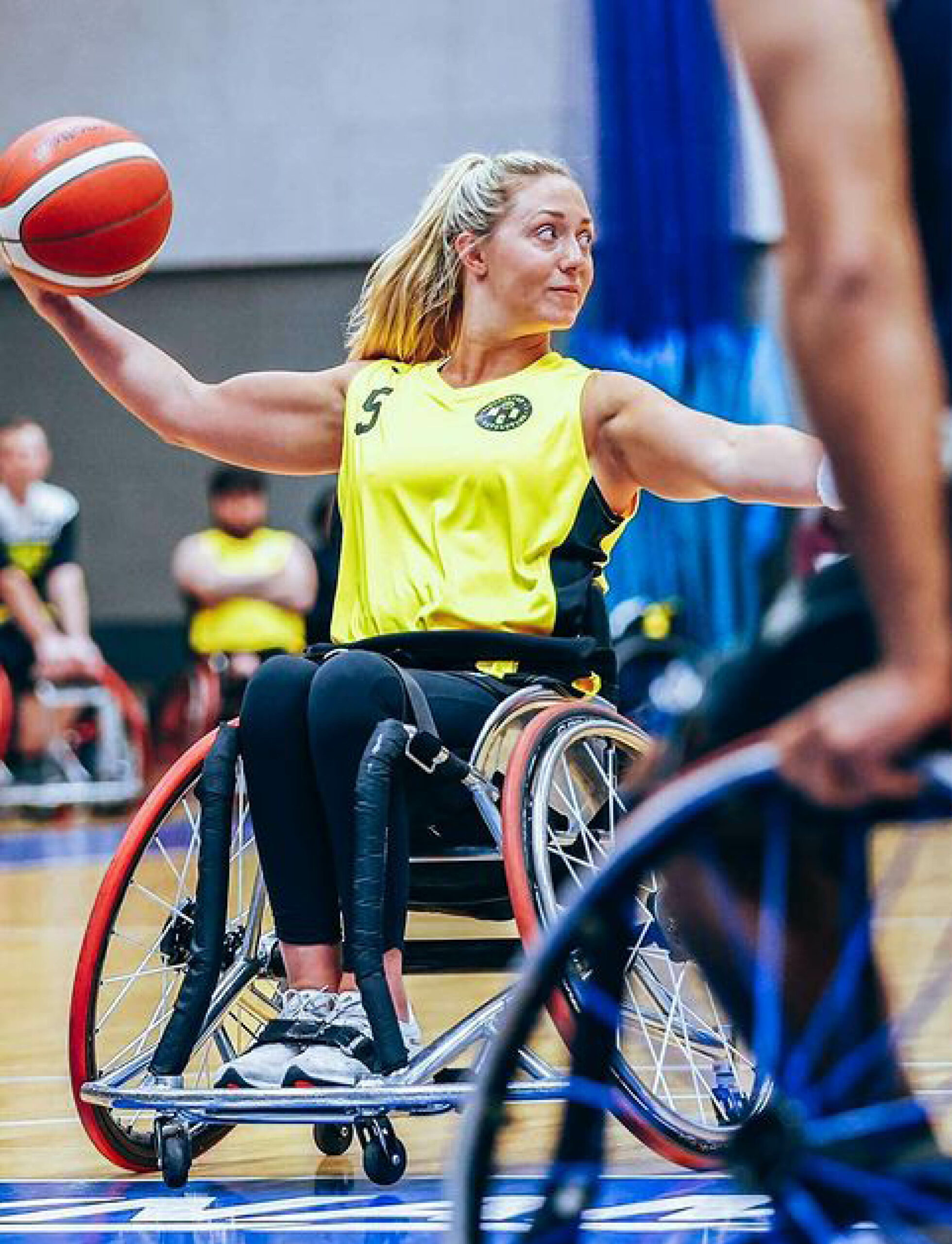
Glorious: So what does technology mean to you and how it has revolutionised your sport?
Sophie Carrigill: As a wheelchair basketball player, technology plays a huge role in the game. The equipment we use is critical, it’s like our legs since we can’t use our legs to play. It has become more bespoke for each individual player, not only for their disability, but also for their specific needs. There’s a range of disabilities that can play wheelchair basketball, and everyone is different. Even if two people have the same disability, they might present it differently, so their chairs have to be bespoke to enable them to play at the highest level. As a one-pointer, I’m one of the most disabled players on the court, and my chair has to be super supportive for me to play basketball. Technology has improved over the years, and the more you use your chair, the more you get to know what works for you and how you can manipulate the technology to get the most out of your performance.
Glorious: So, technology has created a more level playing field because of these bespoke chairs?
Sophie Carrigill: Yes, definitely! But different countries have different provisions and access to technology, and the funding is also a barrier because chairs are expensive. Not everyone has access to the level of equipment, which is a barrier to participation and performance.
Tammy Beaumont: In cricket, technology has changed how we gather data. Nowadays, there’s a database of every semi-professional match that goes on worldwide. There’s so much footage available that you can analyse game plans beforehand. You can slow down the footage and understand what a new player is trying to do. You do more analysis and discuss how to get a player out in team meetings. There are buzzwords like matchups, which refer to the stats on how a batter scores runs and who gets them out the most. With England, we’ve just got a new app that we use for monitoring. We input data on wellbeing, workload, menstrual health, and GPS status, and it informs our programming. It’s more individual, and if a player is stiff for four or five days, they might take a day off or lower their workload. It informs our programming and helps us prepare for upcoming matches.
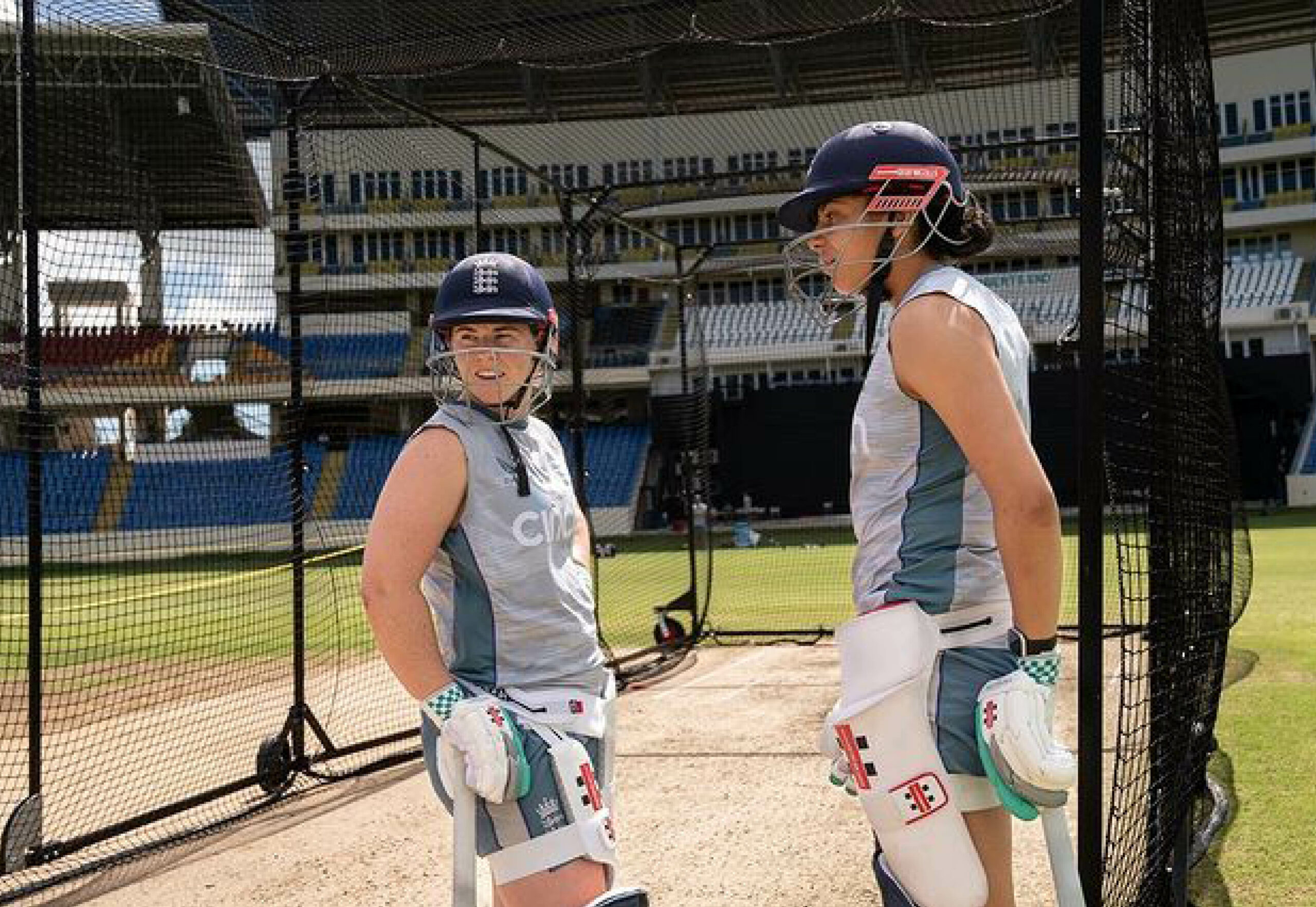
Glorious: So detailed! It’s brilliant, isn’t it?
Tammy Beaumont: Yes! I also think you’re seeing more advancements for the people watching on TV. For instance, in The Hundred, Sky Sports created an avatar for each player. So say for instance, Lauren Bell – she’s a really tall fast bowler who’s quite unique and they were slowing down and showing those watching how she bowls her snowballs. Then there’s tech that will tell you how fast the bat speed is, how fast the ball is coming off the bat, the angle of the ball. The data that’s available for people just watching and the players themselves is crazy!
Glorious: Do you see some technology? Do you think having a system that looks at data rather than the nuances in play is a positive or a negative?!
Sophie Carrigill: Sometimes in basketball we have stats- we know how many shots players have taken, how many assists, the number of turnovers, rebounds etc. I guess it doesn’t always tell the full story. Whilst the stats sheet is a great representation of what’s happened, you don’t always see the full picture of a players game.
Tammy Beaumont: The first six years of my career, my stats were terrible! I think I averaged something like 7 and 12 in both formats as a batter. That’s actually terrible! And it took a coach with fresh eyes to come along, just to look at me and think, ‘Why is she getting such bad stats?!’ If I take a chance on her, how can I get her to perform and actually show the talent that she’s showing in the nets and other cricket matches on the international stage? So no, I’m not all about the stats because I did have that nuance as a player years ago!
Glorious: What about kit, have there been advancements?
Tammy Beaumont: Yes, there is technology in the bats, but currently, there is a big push for change! The issue is that most equipment is not designed for women, and it may not fit correctly. Bats, for instance, are often too heavy. However, efforts are being made to address this. My sponsors, including Gray-Nicolls, have created a women’s range that focuses on the specific needs of female players, such as smaller pad straps. Previously, you used to end up with excess pad straps, as they were designed to fit men’s calves. Fortunately, gloves are now made smaller and the bats are also lighter and perform well, which is not always the case with off-the-shelf men’s bats. There’s a shift towards more gender-specific needs, and Australia has even developed shoes that are better suited to women.
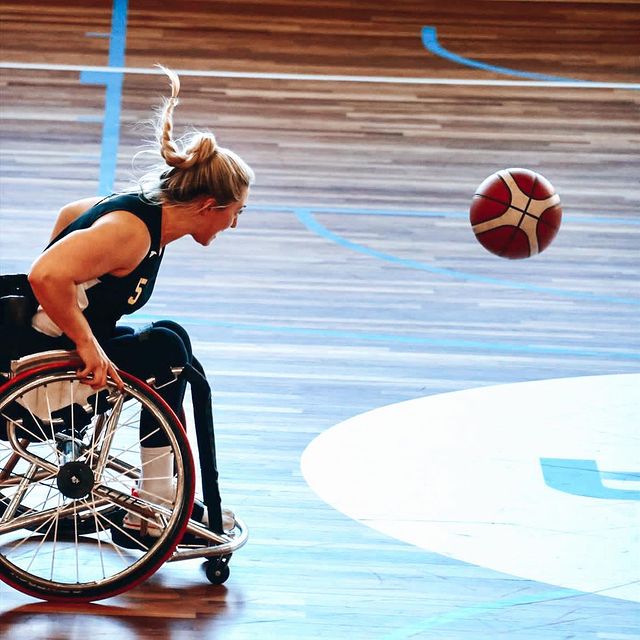
development
Glorious: And Sophie, what do you think has been the biggest development in Paralympic sport?
Sophie Carrigill: I think probably the one that stands out to me is the creation of a running blade. I’m obviously not an amputee so I’m not an expert on it, but the evolution of going from just a regular prosthetic leg, to, in some athlete’s cases, four or five different legs that are suited for different events is amazing! ? Aside from wheelchair developments, that’s something that’s so impressive within disability sport. I think generally, all the equipment that disabled athletes use has come on leaps and bounds. When wheelchair basketball first started, the chairs offered no protection, no strapping, terrible wheels. To be honest, I don’t know how they played in it! I think in general, in terms of technology, the whole disability is evolving
Glorious: Do you track your own metrics? We’re hearing more and more about the use of cycle mapping and how it can be used to track and enhance performance?
Sophie Carrigill: Whilst we don’t specifically map our menstrual cycles, we do track a ‘wellness score’ that looks at how you’re feeling, fatigue levels, energy levels. I guess it’s super important for coaches and support staff to know where you’re at. Plus for the individual, to wake up in the morning, and ask themselves, “How do I feel?” is probably a positive, it gives a moment to check in with yourself.
Tammy Beaumont: Cycle mapping is really useful and as I mentioned earlier, the England cricket team has a new app that can monitor and analyse menstrual health. It’s sensitive data so it is only shared with the sports science and medical teams, such as your doctor and physio – selection is not based on whether it’s a good or bad time of the month!

Glorious: Where do you see the future going? What do you think could be next in your sports, or what would you like to see?
Sophie Carrigill: That’s a good question! At the moment, we track wheelchair propulsion using sensors on the chairs. We track speed, max speeds, acceleration, turning speed, and even GPS-like data around the court, such as how far you’ve pushed every game or every training session. I think it’s an incredible advancement in the sport to be able to get that kind of data. But what I would like to see is the next level of education around what the data means. For example, if you’re pushing 5k in a game, what does that mean for your training? I’d like to see more advancements in adjusting the chair setup to allow players to be quicker. We have bespoke measurements and top-of-the-game designers who can get the best out of the players, but we may need to pull in physiologists and physios who understand the specific disability and can use the data we get from the sensors to help players perform better in the chair. So, that’s what I think could be the next level.
Tammy Beaumont: I think we’ll work smarter, not harder! Women’s cricket is now 11/12 months of the year, and long blocks of pre-season training aren’t really happening anymore. So, using data to do more research and prevent injuries like stress fractures in young fast bowlers would be great. Many of my friends have had to take a year off to rehab and come back. I’d like to see technology that can monitor and prevent these injuries more closely. Also, cricket can be seen as a boring sport that’s hard to understand if you’re not from a cricket family or background. So, something like avatars could draw more people in and grow the game as much as possible.
extreme
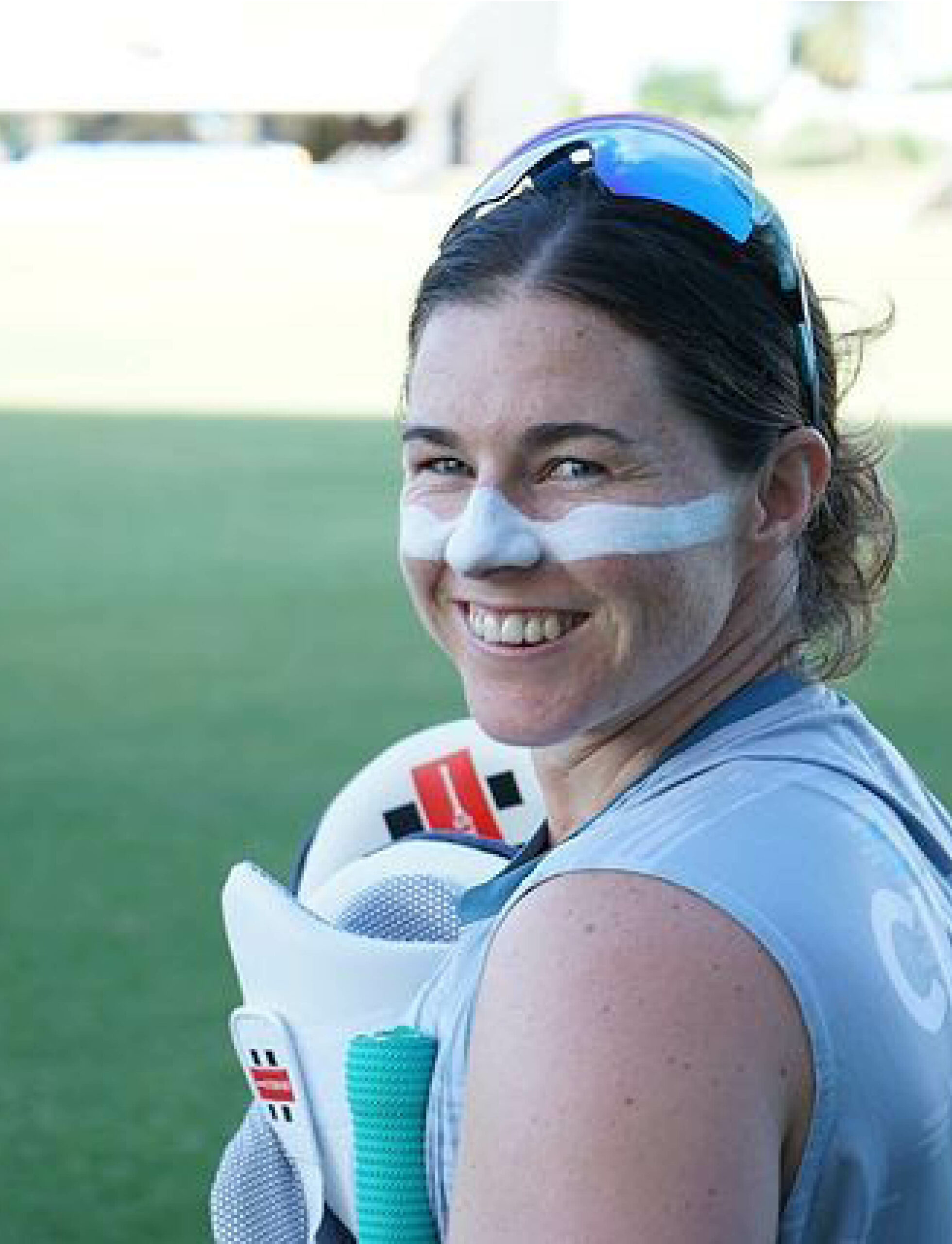
Glorious: Would you describe yourselves as ‘tech savvy’?
Tammy Beaumont: I’m getting older now. I feel like a lot of tech is kind of too hard for me! I do like the data and using it to influence what we’re doing, particularly around menstrual cycle tracking. I think it’s still very young in its research, and I can’t wait to see where that goes. When I actually started tracking it a bit more myself, I definitely started to feel better and got more out of my body.
Sophie Carrigill: I would say I’m in between. I use tech when we need to, like an app to track our basketball shooting sessions. It films them and knows how many shots we make and miss and from where, so that kind of analysis is quite helpful as feedback. But stats don’t necessarily tell the whole story. They’re a good indicator of where we can win games and understand other teams, and we do a lot of video analysis of other teams. So we do use tech a lot in our preparation. But like Tammy, I just like to play and get a feel for the game myself as well! I’m conscious that you can be over-influenced by the technologically-driven statistics!
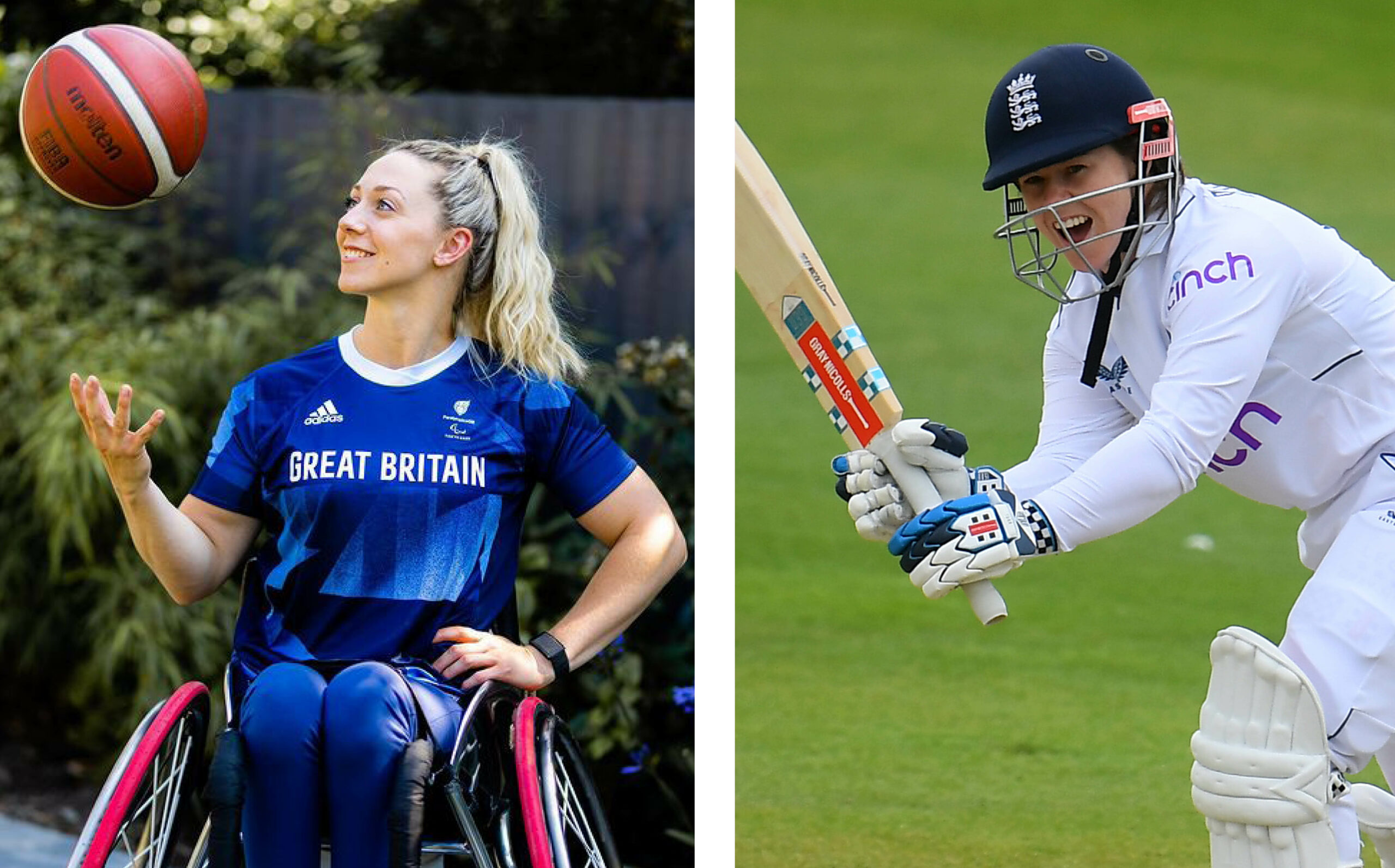
Editorial design this is root
It’s an unmissable summer for women’s cricket with both The Ashes and The Hundred taking place side by side with the men’s competitions. Tickets for the Women’s Ashes 2023 can be purchased here


